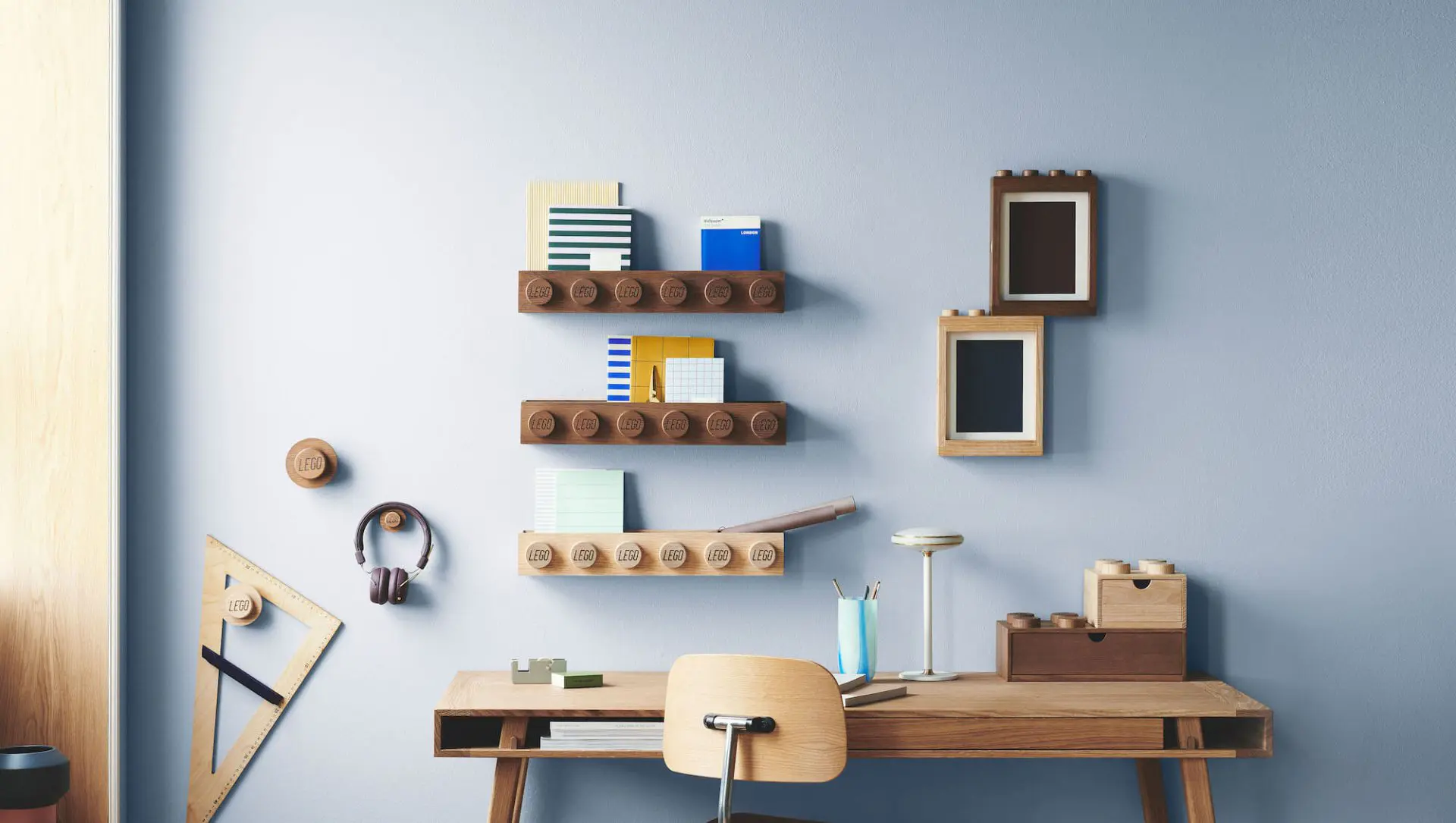Newtab-22’s Sea Stone is a concrete alternative made from seashells
Abalone, Oyster and Mussel shells are mixed with natural binders to create a material with the hardness and aesthetic texture of stone.
Newtab-22, a design duo consisting of Hyein Choi and Jihee Moon, has come up with a way to make use of the 7 million tonnes of seashells thrown into landfills each year. Called Sea Stone, their zero-waste project grinds them down and mixes them with natural and non-toxic binders to create a hard wearing material with a terrazzo-like aesthetic.
It might seem like an unusual choice but the calcium carbonate inside seashells makes them so perfect for the job. Also known as limestone, this is a key ingredient used to make cement, which is a key ingredient of concrete.
The difference between concrete and Sea Stone is its unique appearance as a result of its source material. Collecting waste seashells and grinding them down results in variations in the sizes, textures and colours of the shell fragments and means that each piece of Sea Stone is different.
According to Newtab-22, the Sea Stone material performs particularly well in small-scale products and has already made products including decorative tiles, tabletops, plinths and vases. A mixture of Abalone, Oyster and Mussel shells were used to create the Cliff Series, a collection of decorative homewares that take inspiration from the form and texture of sea cliffs. As such, each piece is unique.
Repurposing waste can be a labour intensive process in order to uphold the sustainability factor, but the results are unique and precious, don’t miss Macarena Torres Puga turns construction waste into earthen planters.
Meanwhile, the Sea Stone collection presents Sea Stone within a series of products with a more polished aesthetic. Recycled seashells are mixed with wood, soil and sand to create incense holders, trays and pencil cases.
Newtab-22’s largest use of the material is a decorative wall panel. Called Shelluminator, it is available in two texture variants, terrazzo or 3D stripe, and four different colours: ivory, black, blue and green. The tiles look no different from regular concrete tiles except for the natural iridescence of the seashells.
Currently based in South Korea, where the issue of seafood waste is rife, Newtab-22’s Sea Stone project highlights the value of discarded materials. However, its potential as a replacement to concrete is limited. At present, Newtab-22 carry out the process manually to avoid the use of heat, electricity and chemical treatments and ensure the process is as sustainable and affordable as possible.
An energy-intensive heating process would be required to replicate the strength of traditional concrete necessary for large-scale projects like buildings. This would be comparable to the method used to make cement, which accounts for half of all the CO2 emissions that result from using concrete.
Nevertheless, the studio is currently developing the material for commercial purposes and other ways to use Sea Stone sustainably as an alternative to concrete.
Different kinds of waste are being upcycled to mimick terrazzo, check out Goodbye marble? ecoBirdy turns plastic toys into terrazzo-style furniture.


















